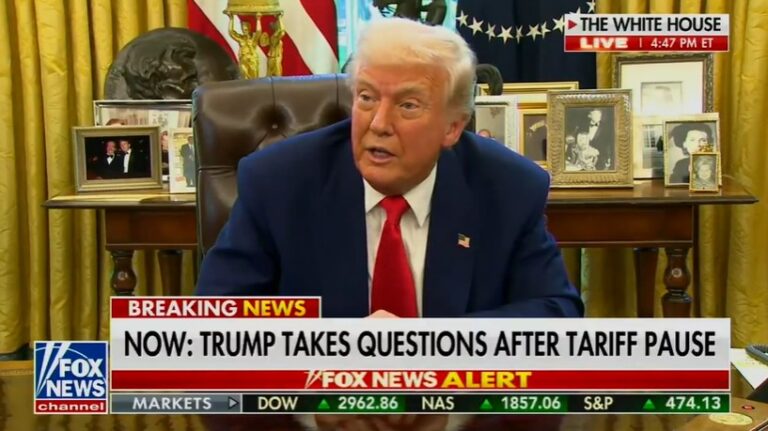The economic paralysis caused by the coronavirus led in April to the steepest month-to-month fall in U.S. consumer prices since the 2008 financial crisis — a 0.8% drop that was driven by a plunge in gasoline prices.
And excluding the normally volatile categories of food and energy, so-called core prices tumbled 0.4% last month, the Labor Department said Tuesday in its monthly report on consumer inflation. That was the sharpest such drop on records dating to 1957.
The widespread business shutdowns, reduced travel and shrunken consumer spending that the virus has caused have likely sent the U.S. economy into a severe recession. The resulting drop in economic activity is exerting a powerful downward force on prices throughout the economy.
The absence of any inflation pressures has given the Federal Reserve leeway to keep interest rates ultra-low as it seeks to help restart the economy. But Tuesday’s report also raises the prospect of deflation, a prolonged drop in prices and wages that typically makes people and companies reluctant to spend and can prolong a recession. Not since the Great Depression of the 1930s has deflation posed a serious economic threat in the United States.
“If deflation becomes embedded in the economy, it can be difficult to uproot,” said Gus Faucher, chief economist at PNC Financial Services. “Aggressive Fed actions can help prevent deflation from taking hold, supporting a stronger economy over the longer run.”
Even before the pandemic erupted, oil prices had been sinking to record lows. But the viral outbreak has compounded the drop. Last month, gasoline prices plunged by more than 20%. Clothing prices, airline fares and hotel and motel room charges all fell sharply, too.
By contrast, the index for food at home, which covers grocery store prices, posted its biggest monthly increase since 1974. That rise reflected increased demand for food consumed at home, with millions of Americans following stay-at-home orders. A result has been some empty shelves at grocery stores for high-demand items.
Over the past 12 months, overall prices have now risen a scant 0.3%, the smallest year-over-year increase since 2015. Core inflation has increased 1.4%. That is the lowest such increase since 2011.
Both measures are far below the 2% annual inflation target that the Fed seeks to achieve. In its drive to combat the economic downturn, with tens of millions of lost jobs, the Fed has cut its benchmark rate to near zero and has pledged to keep it there indefinitely. The central bank has also unleashed a vast array of lending programs to try to bolster the economy.
(AP)











